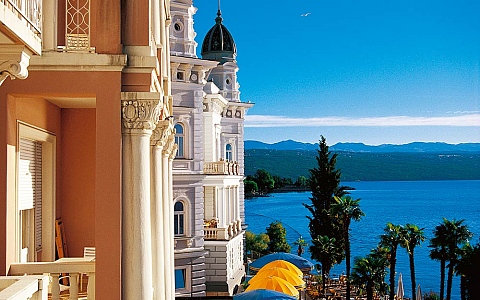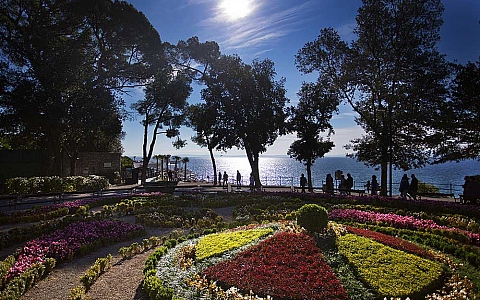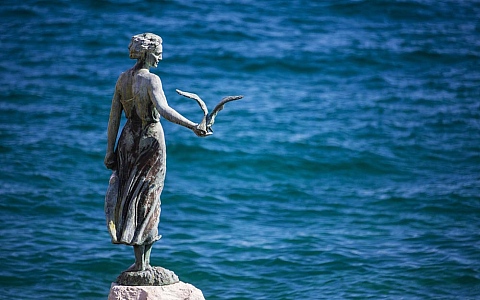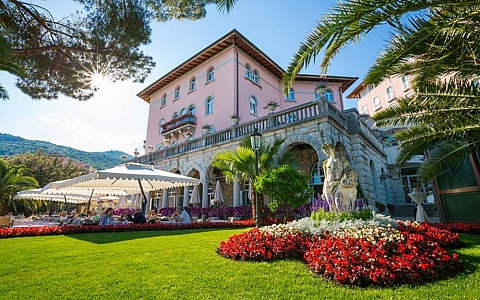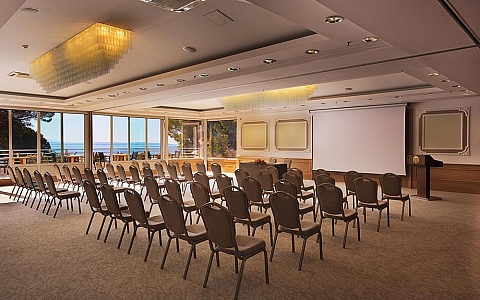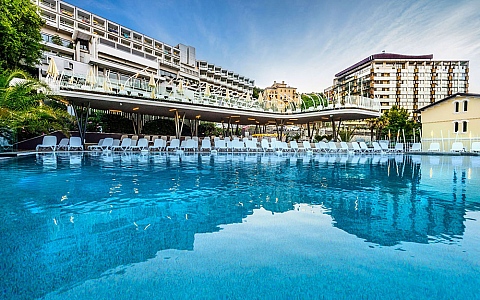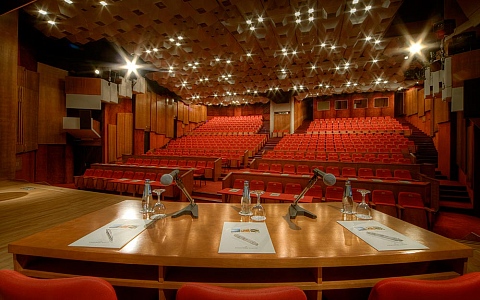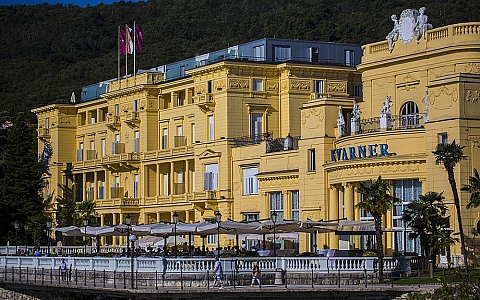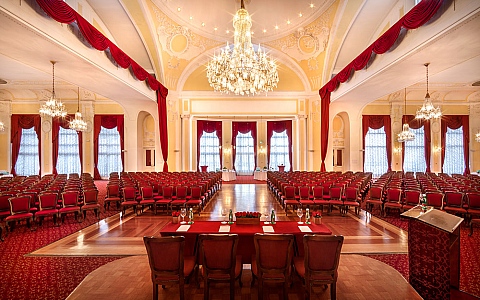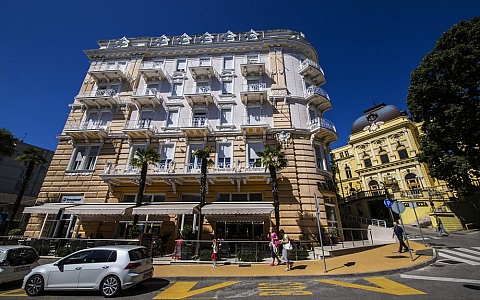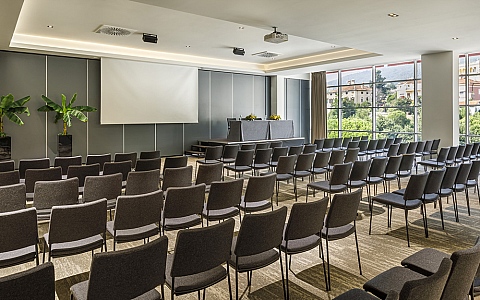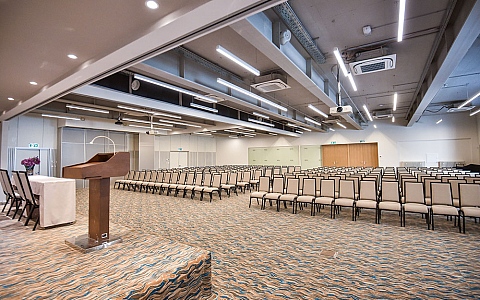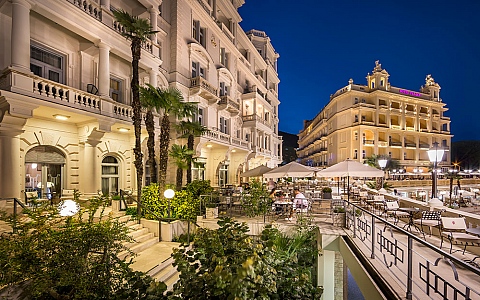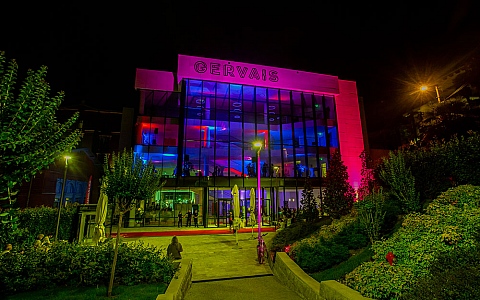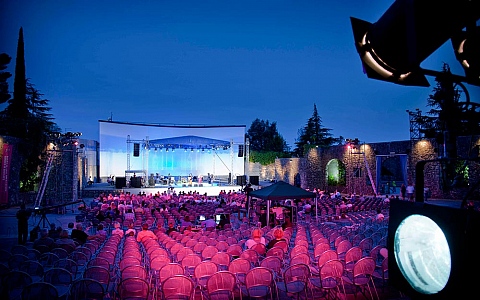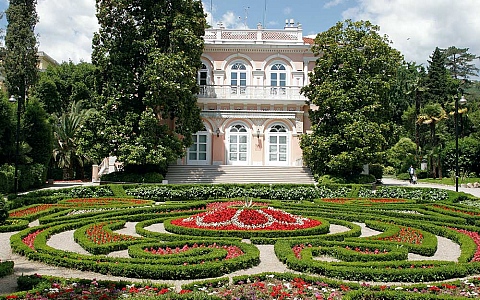Gastronomy
James Joyce loved to spend his time in Opatija on the terrace of the Hotel Imperial, enjoying a cup of coffee and tasting the local specialities. The author of Ulysses and one of the most significant writers of the modern age was famous for his statement that he had had a good day when he had "written an entire sentence". It is therefore clear that he was a man dedicated to perfectionism. His satisfaction with the area's cuisine confirms the quality of the local food, which combines the seafood typical of coastal places that have a long tradition of fishing with the more hearty meals of the villages in the hinterland, which survived due to agriculture and raising livestock.
Such a combination, which will surely satisfy even the finest gourmet palate, paired with the excellent wines of the region, has made the Opatija Riviera a renowned destination for food lovers and a place that offers the largest number of top restaurants per capita in Croatia. The area's bars and restaurants, which perfectly combine the essence of Mediterranean cuisine with typical local ingredients, proudly bear the Kvarner Gourmet quality label, and many of them have received recognition from national and international gastro guides. The small local taverns, characterised by a traditional approach to cooking and a homely atmosphere, are always popular among the food nomads who want to explore all the secrets of the local cuisine, and are marked by the Kvarner Food quality label.
The chefs of the Opatija Riviera turn the fresh local ingredients, such as wild asparagus, Kvarner scampi or truffles, into culinary artworks distinguished by their delicate, exciting taste that will surely remain in the memory of each visitor.
Opatija riviera (Ičići, Ika, Lovran, M. Draga, Matulji, Kastav)
The sea has always been the main resource for the people of Ičići ever since the ninth century BC when the Liburnians (an Illyrian tribe) used to build their fast ships along these coasts and then sail to North Africa and Asia Minor. It is therefore no wonder that this ancient connection with the sea has been preserved right up to the present day. Today, Ičići is most famous for its attractive beach and one of the best marinas in the Adriatic.
Visitors to Ika can enjoy perfect peace and quiet – probably the most sought-after qualities on a holiday, and essential for escaping the stress of daily life. This small coastal town with a population of only several hundred is particularly proud of its fishing and shipbuilding traditions, which today make up part of the local tourism offer.
Lovran is the oldest settlement on the Opatija Riviera, built on the spot that the Roman patrician, statesman, general and cartographer Marcus Vipsanius Agrippa chose as his residence back in the 1st century BC.
Emerging from the spot where Mount Učka descends into the sea, Mošćenička Draga combines the best of both worlds. Sipar beach is one of the most beautiful in Kvarner. There are also many secluded spots along the coastal promenade, where one can enjoy the sea and sun on small natural beaches, away from the crowds and prying eyes.
The three bells on the Matulji coat of arms represent the local carnival tradition and the zvončari bell-ringers, who recently gained international recognition after being added to the UNESCO World Heritage List. A remarkable sight that will introduce visitors to the magic of local carnival customs is the pageant of strong men wearing huge bells at their waists, with frightening masks and stylised maces, walking from village to village along the ancient paths in the hinterland of Matulji.
The town of Kastav is the former administrative, economic and cultural centre of Istria and the littoral region. It is built on a 365-metre-high hill overlooking Kvarner Bay and offers magnificent views of the Opatija Riviera. The old town of Kastav, with its distinctive architecture, is today the venue of many interesting events.
Učka Nature Park
Its particular climate has in the past determined the way Mount Učka has developed. This mountain, whose slopes "dive" into the sea, is home to many endemic plant and animal species. Due to this biodiversity and the magnificent relief of the mountain, a great part of this area has been protected as a nature park. In ancient times, Učka was the cradle of civilisation in this area. Ten thousand years ago, it was inhabited by the first groups of nomadic hunters, which is attested to by the archaeological sites of Pupićina peć and Vela peć in Vela draga. In old Slavic mythology, Učka was depicted as the home of the gods and was a holy place for ordinary people. Every part of this mountain has its own stories that tell about the people, divinities, fairies, stunning natural scenery and interesting flora and fauna here. In addition, Učka Nature Park offers its more adventurous visitors plenty of excitement thanks to a well-designed programme and various sports and recreational facilities. The activities on offer include hiking, horse-riding, mountain biking, free climbing, caving, adventure racing, paragliding, or simply walking along dozens of kilometres of well-maintained educational trails.
The view from Učka's highest peak, Vojak, is particularly impressive. From an elevation of 1,400 metres above sea level, one can admire a stunning panoramic view of the Istrian peninsula and Kvarner Bay with its islands. In fair weather, the view extends as far as Venice in Italy.
Historic towns
Veprinac, Kastav and Mošćenice were once important fortifications on the Kastav manorial estate, which at that time stretched across the entire area of the present Opatija Riviera. Today, there are numerous sites of interest from different historical periods, from prehistory to the Middle Ages and modern times. Although this area has been continuously inhabited, many parts have not been researched and conceal interesting surprises. For example, recent research in the small Church of St. Anne in Veprinac revealed valuable Glagolitic graffiti. It can be said that many visitors who come to these ancient towns to explore their historic monuments actually participate in a kind of "treasure hunt", in which the discovery of a new site of interest is always a wonderful reward.
These three historic towns provide a perfect insight into the former way of life of this area. If you want to learn how people used to live here in the past, we recommend visiting the local ethnographic and historical collections of everyday items. You can even play an active part and experience first-hand the process of pressing olives and producing the finest olive oil in the ancient olive press (locally known as a toš) in Mošćenice, which is more than three hundred years old. You can also see what it felt like to be imprisoned in chains in the darkness of the dungeon in Veprinac, which was once reserved for serious offenders, or you can take a walk across Lokvina Square in Kastav, which is named after the Croatian word for the pond ("lokva") that in the past was used to collect water and where the local people in 1666 drowned Captain Morelli, who wanted to impose high taxes.
The Croatian Walk of Fame
The Croatian Walk of Fame project in Opatija was launched in 2005 by the Apriori Communications agency as a symbolic tribute to all the people whose sporting, scientific, cultural or artistic endeavours have contributed significantly to the worldwide promotion of Croatia.
Potential candidates for inclusion are nominated by the project's independent Nomination Board consisting of several noted public individuals. From the board's nominations, readers of the media sponsors then cast their vote to decide which two candidates (one living, one awarded posthumously) should have their stars included in the Croatian Walk of Fame.
Islands Krk and Cres
The island of Krk or The Golden Island, as it was called in ancient times, has many unique features and it is a voyage through time across the millennia of rich history. Today the island is a vibrant place offering well-thought-out tourist programs, modern amenities, extensive wine lists and great food made from local produce. Wherever you go – to the picturesque Glagolitic town of Vrbnik or Jurandvor where the famous stone tablet from the year 1100 AD was discovered in St. Lucy’s Church, to Malinska, Baška, Krk, Punat, Njivice and Omišalj or to the well-known islet of Košljun, you will discover ancient heritage interwoven into Krk’s dynamic present. Today the island is a vivid and conveniently located modern tourist destination.
If you enjoy unspoilt nature and love exploring the diversity of life Cres is the best place for you. Here you can watch Griffon Vultures fly, contribute to their protection by adopting one and discover the wondrous phenomenon of Lake Vrana. Cres is located in the northern part of Kvarner Bay with its southern side connected to the island of Lošinj by a lift bridge. There is an array of coves and shingly beaches scattered along its western and southern shores, while steep cliffs line the island’s north and south. In the northern sub-Mediterranean part there are high and dense forests of oak, hornbeam, elm and chestnut trees while the central and southern Mediterranean part is covered with rolling pastures and dense evergreen underbrush.
Gorski kotar
Gorski kotar, the wooded hinterland of Kvarner, is also an area well worth visiting. Less than an hour's drive from Opatija, this area features some extraordinarily beautiful sights, such as the Risnjak National Park covering an area of 64 km2 and including, among other sights, the wonderful 4.5 kilometre-long Leska educational trail. Not to forget the Kamačnik gorge, the Zeleni vir protected landscape, Lake Lokve, and Lake Bajer near Fužine.
Istrian Peninsula
Istria is indeed a feast for the eyes. Its streams flow to the sea through deep valleys and gullies which bring to mind the ancient local myths about giants. Rolling hills overlook the fields and valleys with little towns perched on the peaks, recalling some old paintings. The view is splendid: white-topped mountains, lush wheat fields, plateaux, valleys, vineyards and olive groves on hillsides, and, finally the sea. As you get to know Istria you will notice more and more enchanting details: church facades and portals, tiny village alleyways with their specific architectural touches, the babble of a stream, the blossoming cherries. Everything is warm–hearted and friendly here: nature, towns and people.
